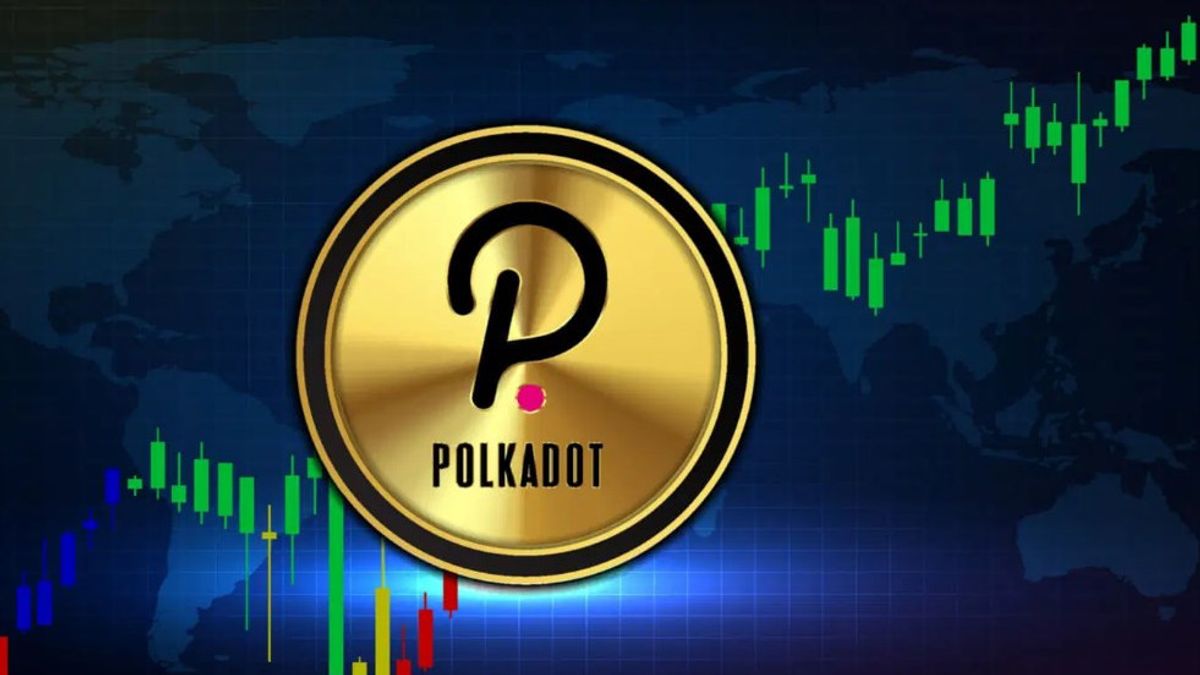Emerging as a major actor in the fast-changing terrain of blockchain technology, the Polkadot network provides developers with the tools and adaptability needed to produce scalable, interoperable Web3 apps. Based on the creative vision of Gavin Wood, one of Ethereum’s co-founders, the Polkadot ecosystem has developed an interoperable multichain architecture that solves several constraints of earlier blockchain systems.
EVM compatibility, which has the power to transform developer interaction with distributed networks, makes up the majority of Polkadot’s toolkit. Here, Rust and LLVM (Low-Level Virtual Machine) support become critical. These technologies taken together increase blockchain application performance and efficiency and support Web3 developer adoption.
Polkadot and EVM Compatibility
Fundamentally, Polkadot is a multichain system linking several blockchain systems so they may easily exchange data and communicate. EVM compatibility—that is, the ability to handle Ethereum’s Virtual Machine (EVM) smart contracts—is among its most recent innovations.
For developers already acquainted with Ethereum’s environment, Polkadot’s support of EVM-compatible chains increases its value and appeal. By means of EVM, Polkadot can close the distance between current Ethereum initiatives and the Polkadot ecosystem, therefore providing a single platform for Web3 developers.
Polkadot’s Success with Rust and LLVM
The Polkadot ecosystem’s incorporation of Rust and LLVM support has significantly stimulated developer adoption. Let us investigate the reasons Polkadot’s success depends on these two technologies.
Rust for Blockchain
Rust is a systems programming language that emphasizes safety and performance. These qualities are indispensable for blockchain applications because they ensure both security and efficiency in a decentralized network. Rust is particularly beneficial for Web3 developers because it is designed to work seamlessly in environments where performance matters most and where bugs or vulnerabilities can be catastrophic.
Polkadot’s decision to adopt Rust as a key language for its ecosystem supports the creation of highly efficient and secure blockchain applications. Rust’s powerful memory management system and focus on concurrency make it an ideal language for handling the complex needs of blockchain systems. Moreover, Rust’s growing popularity among developers, including in the Ethereum ecosystem, helps foster a unified approach to Web3 development.
Optimizing Blockchain Performance
Low-level virtual Machine, or LLVM, is a suite of compiler and toolchain technologies meant to maximize code in both the build and run phases. It is vital for improving the effectiveness and speed of distributed applications. Within Polkadot, LLVM support enhances smart contract execution, enabling faster processing times and more cost-effective blockchain transactions.
Polkadot’s native Rust development and LLVM tools enable better optimization, ensuring that EVM-compatible smart contracts run effectively without sacrificing their security or usefulness. Rust, LLVM, and Polkadot’s multi-chain architecture together provide a strong environment for Web3 developers wishing to scale their initiatives.
Code can be optimized for certain hardware or operating systems using the LLVM compiler, enabling easier deployment in a wide range of situations. This feature is especially significant for blockchain initiatives that aim for mass adoption, where performance across many devices and networks is vital.
Simplified Migration and Security
 Polkadot EVM Compatibility
Polkadot EVM Compatibility
The separated character of blockchain ecosystems has been one of the most important obstacles to Web3 acceptance. Because of unique consensus methods, smart contract languages, and transaction models, developers frequently find difficulties trying to migrate apps across several chains.
Developers can reuse already existing Ethereum smart contracts with EVM compatibility, saving the time and money needed to switch to Polkadot’s multichain architecture. This feature is particularly appealing for projects aiming to increase their scope without beginning from nothing.
Rust Security Performance
Rust is known for its strict compiler rules, which help developers identify and fix potential errors before they become problematic in production. The integration of Rust into Polkadot’s EVM-compatibility stack ensures that developers can build smart contracts and dApps with a higher degree of confidence. Coupled with LLVM’s performance enhancements, this results in a more stable, secure, and performant Web3 experience for users and developers alike.
Security is paramount in Blockchain technology, and Polkadot’s approach to integrating Rust and LLVM ensures that the network can deliver on this promise. By preventing common programming errors like buffer overflows or null pointer dereferencing, Rust adds a significant layer of safety to the Polkadot ecosystem, further increasing developer confidence in the network.
Polkadot and Rust
Rust’s growing popularity in the blockchain industry and Polkadot’s native support provide new Web3 developers a big opportunity. Polkadot’s EVM interoperability lets developers build apps across ecosystems without being limited by blockchain platforms, as more blockchain projects use Rust.
By supporting a language that is already widely used in other blockchain projects, Polkadot lowers the entry barriers for developers, making it easier for them to join its ecosystem and contribute to its growth. As more developers adopt Rust and learn to work within the Polkadot ecosystem, their contributions will create a larger, more diverse Web3 developer community, accelerating the development of decentralized applications.
Final thoughts
Polkadot’s EVM compatibility, Rust, and LLVM support, taken together, create a potent trinity capable of driving the next wave of Web3 invention. Polkadot is presenting itself as the perfect platform for the distributed web by making it simpler for developers to transfer Ethereum-based apps to Polkadot, guaranteeing that apps are safe, and offering tools for improved performance.
Polkadot’s advancements in EVM compatibility and support for Rust and LLVM are crucial for increasing developer adoption and accelerating the growth of the distributed ecosystem, particularly as Web3 development gains momentum. Polkadot is opening the path for a more linked and effective blockchain future with its creative approach to interoperability and developer-focused traits.



 Polkadot EVM Compatibility
Polkadot EVM Compatibility